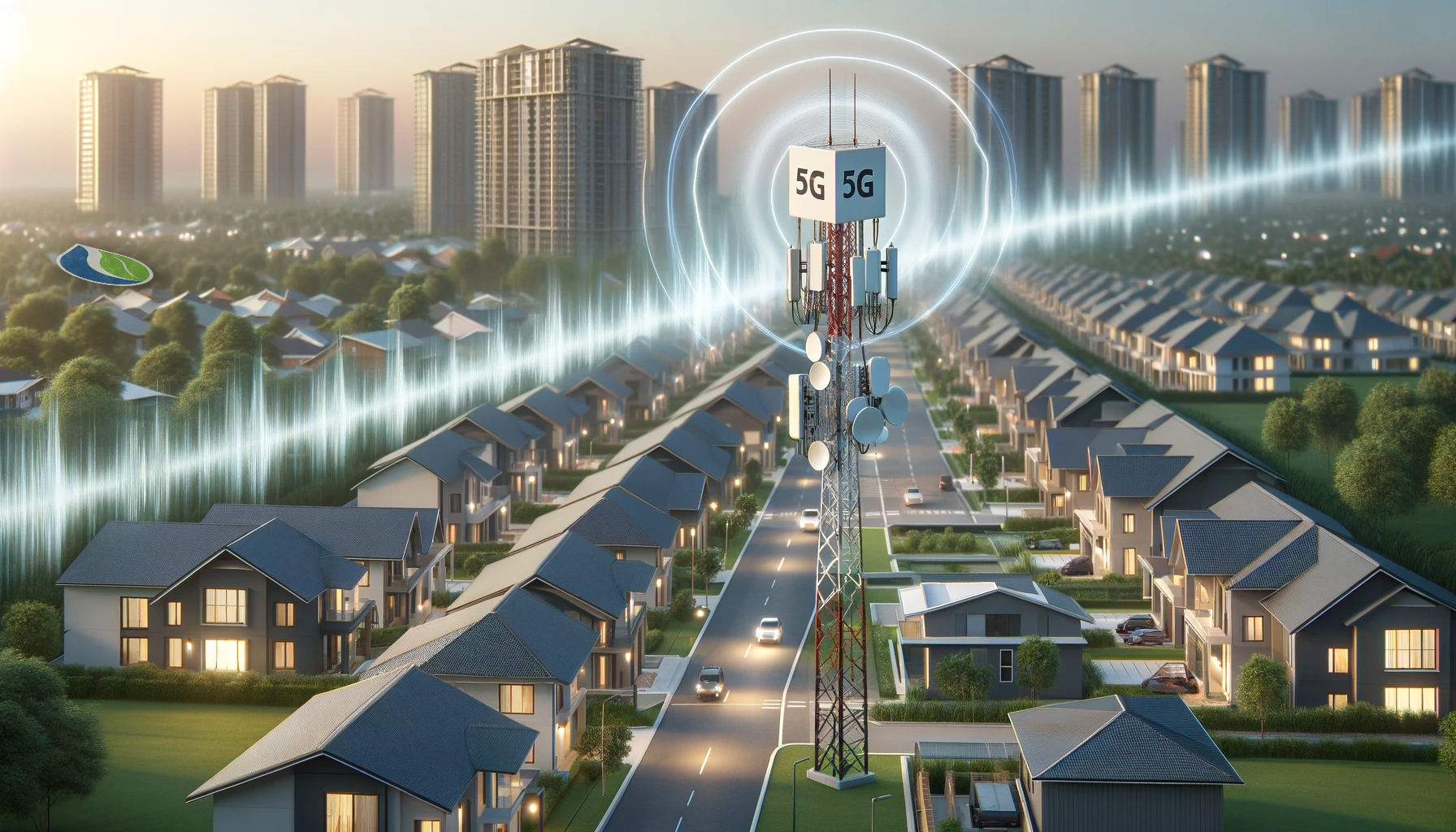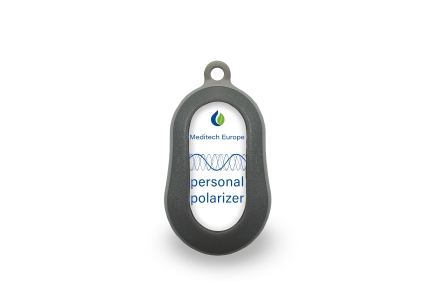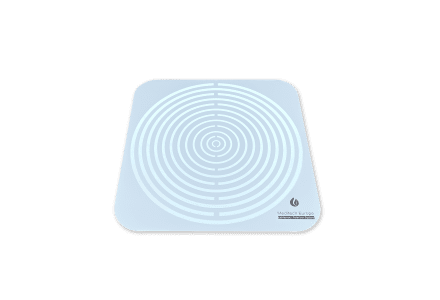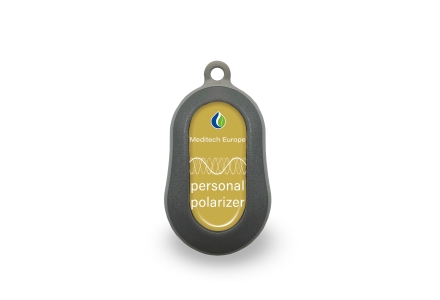
The world of wireless communication has undergone an incredible evolution over the past decades. From the humble beginnings of mobile telephony to the rise of 4G networks, we have witnessed tremendous progress in our ability to communicate wirelessly. Now, with the introduction of 5G technology, we stand on the brink of a new revolution in wireless communication. But what exactly is 5G, and what impact does this technology have on humans and animals?
What is 5G?
Let's start with a technical explanation of 5G and how it differs from its predecessor, 4G. 5G stands for the fifth generation of mobile networks and represents a significant leap forward in wireless communication technology. The key feature of 5G is the frequency at which it operates. While 4G networks primarily use lower-frequency bands, 5G operates at much higher frequencies, including millimeter waves.
Technical Explanation
Millimeter waves are part of the electromagnetic spectrum with frequencies ranging from 30 gigahertz (GHz) to 300 GHz. These higher frequencies enable much faster data speeds, making 5G networks potentially much faster than 4G. However, there's a trade-off: millimeter waves have a much shorter range and can be blocked by obstacles like buildings and trees. Therefore, 5G networks require many more small cell towers to provide adequate coverage.
Difference from 4G
The main difference between 4G and 5G lies in the frequency and the associated data speed and coverage. 5G promises data speeds up to 100 times faster than 4G, which means we'll be able to transmit and receive much more data much faster. This opens the door to new applications such as autonomous vehicles, augmented reality, and the Internet of Things (IoT).
Benefits of 5G
The benefits of 5G are numerous and exciting. In addition to the higher data speeds mentioned earlier, 5G also offers lower latency, meaning the delay between sending a signal and receiving it is minimal. This is crucial for applications like real-time gaming and tele-surgery, where even the slightest delay can be fatal.
Another advantage of 5G is its ability to connect many more devices simultaneously. With the growing number of IoT devices, this capability will be invaluable. Additionally, 5G will improve energy efficiency, allowing devices to operate longer on a single battery charge.
Concerns Surrounding 5G
While the benefits of 5G are promising, there have also been concerns raised about its impact, particularly in terms of health and the environment. One of the primary concerns is whether the financial interests involved in the decision-making regarding 5G deployment can influence the reliability of those decisions.
Health Effects on Humans
One of the public's greatest concerns is the potential impact of 5G radiation on human health. While extensive research has been conducted on the health effects of electromagnetic radiation, the results are not yet conclusive. Some studies suggest that exposure to radiation from mobile networks can lead to health problems such as cancer and neurological disorders, while other research finds no evidence of such harmful effects.
What further complicates the debate is the claim that the telecommunications industry may influence research outcomes and policy decisions to promote the rollout of 5G.
Impact on Animals
In addition to concerns about human health, there have also been concerns about the impact of 5G on animals. Some studies suggest that electromagnetic radiation, such as that generated by wireless networks, can affect the behavior and reproduction of animals. Birds and bees, in particular, have been found to be sensitive to such radiation.
It is important to note that there is still much uncertainty surrounding this issue, and further research is needed to fully understand the extent of 5G's impact on animals.
Safety Measures and Regulation
To address the concerns surrounding 5G, many countries have implemented safety measures and regulations. These include exposure limits for electromagnetic radiation and guidelines for the placement of cell towers. The goal is to ensure that 5G networks are deployed safely and that the health of the population is protected.
Furthermore, international organizations like the World Health Organization (WHO) are working to assess the potential health effects of electromagnetic radiation and develop recommendations for safe use.
How Can You Protect Yourself?
As an individual, you can also take steps to protect yourself from potential exposure to electromagnetic radiation. Here are some simple measures you can take:
Limit exposure: Reduce the time you spend in close proximity to cell towers and Wi-Fi routers. Try to maintain a distance from these devices whenever possible.
Use a headset: If you use your mobile phone for extended periods, use a headset to increase the distance between your head and the phone.
Turn off wireless devices: Switch off wireless devices like Wi-Fi routers and mobile phones when not in use, especially at night.
Opt for wired connections: Use wired connections whenever possible, such as for internet access.
Stay informed: Stay up to date with the latest news and research related to 5G and health, so you can make well-informed decisions.
Future Perspectives
The future of 5G is undoubtedly exciting. With the promise of unprecedented speeds and connectivity, 5G will transform our way of life and work. We can expect innovations such as autonomous vehicles, smart cities, and advanced medical applications.
At the same time, concerns about health and the environment will persist. It is crucial that scientific research and transparency serve as the foundation for decision-making regarding the rollout of 5G networks.
Conclusion
5G is a promising technology with the potential to profoundly change our daily lives. The benefits of faster connections and lower latency are clear, but there are also legitimate concerns regarding health and the environment.
It is vital that we continue to strive for independent research and objective regulation to ensure the safe and responsible deployment of 5G networks. As an individual, you can take steps to protect yourself from potential exposure to electromagnetic radiation.
For more information and advice, feel free to reach out to Meditech Europe. We are here to answer your questions and provide you with the latest information on 5G and health. You can contact us at info@meditecheurope.nl or call us at +31527 292 331.
Sources
- World Health Organization. (2021). Electromagnetic fields and public health: mobile phones. https://www.who.int/en/news-room/fact-sheets/detail/electromagnetic-fields-and-public-health-mobile-phones
- Federal Communications Commission. (2021). 5G and RF Exposure. https://www.fcc.gov/consumers/guides/5g-and-rf-exposure
- The New York Times. (2019). The 5G Health Hazard That Isn’t. https://www.nytimes.com/2019/07/16/science/5g-cellphones-wireless-cancer.html
- ScienceDaily. (2021). Study finds exposure to high radiofrequency radiation linked to tumor activity in male rats. https://www.sciencedaily.com/releases/2018/11/181101133924.htm









